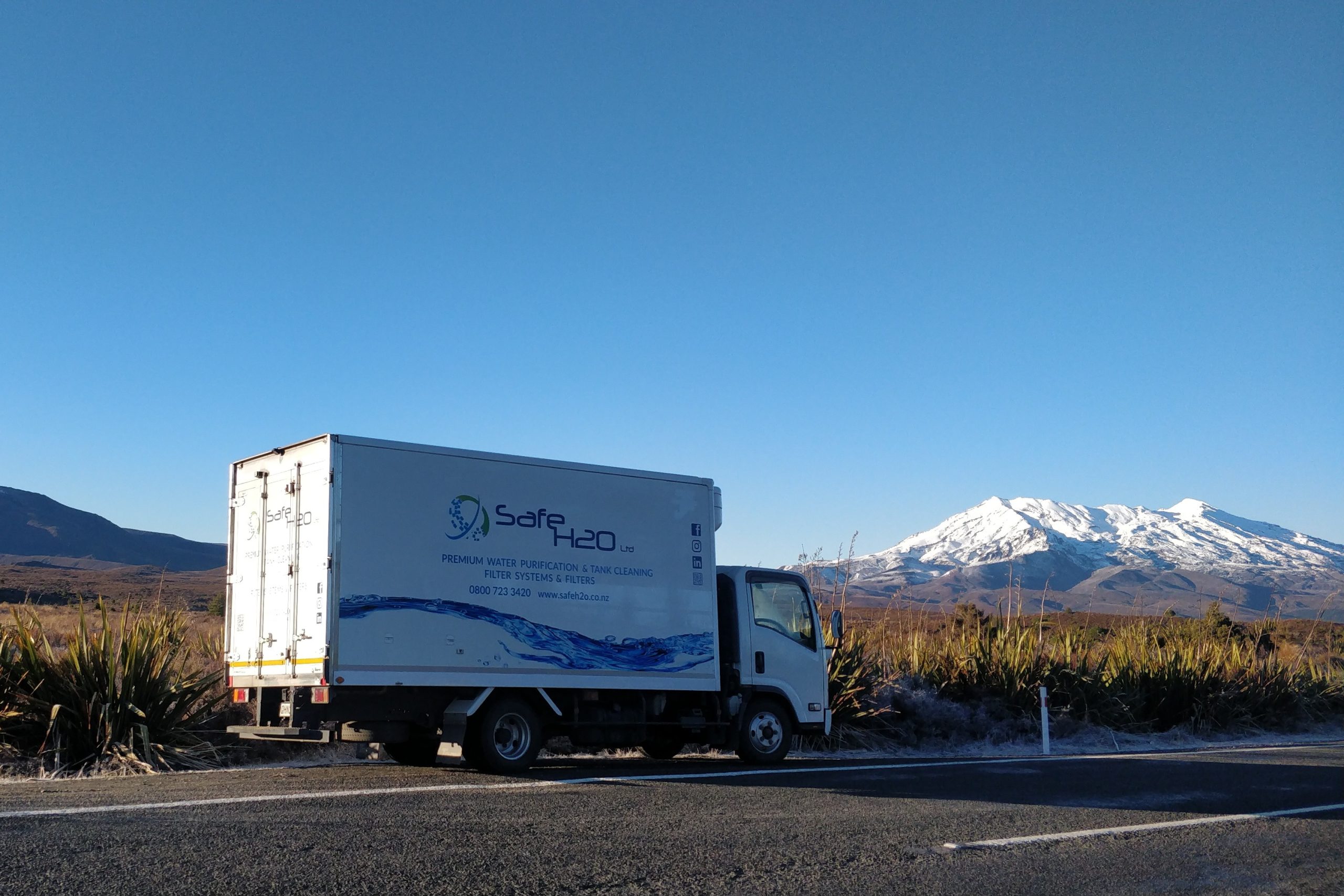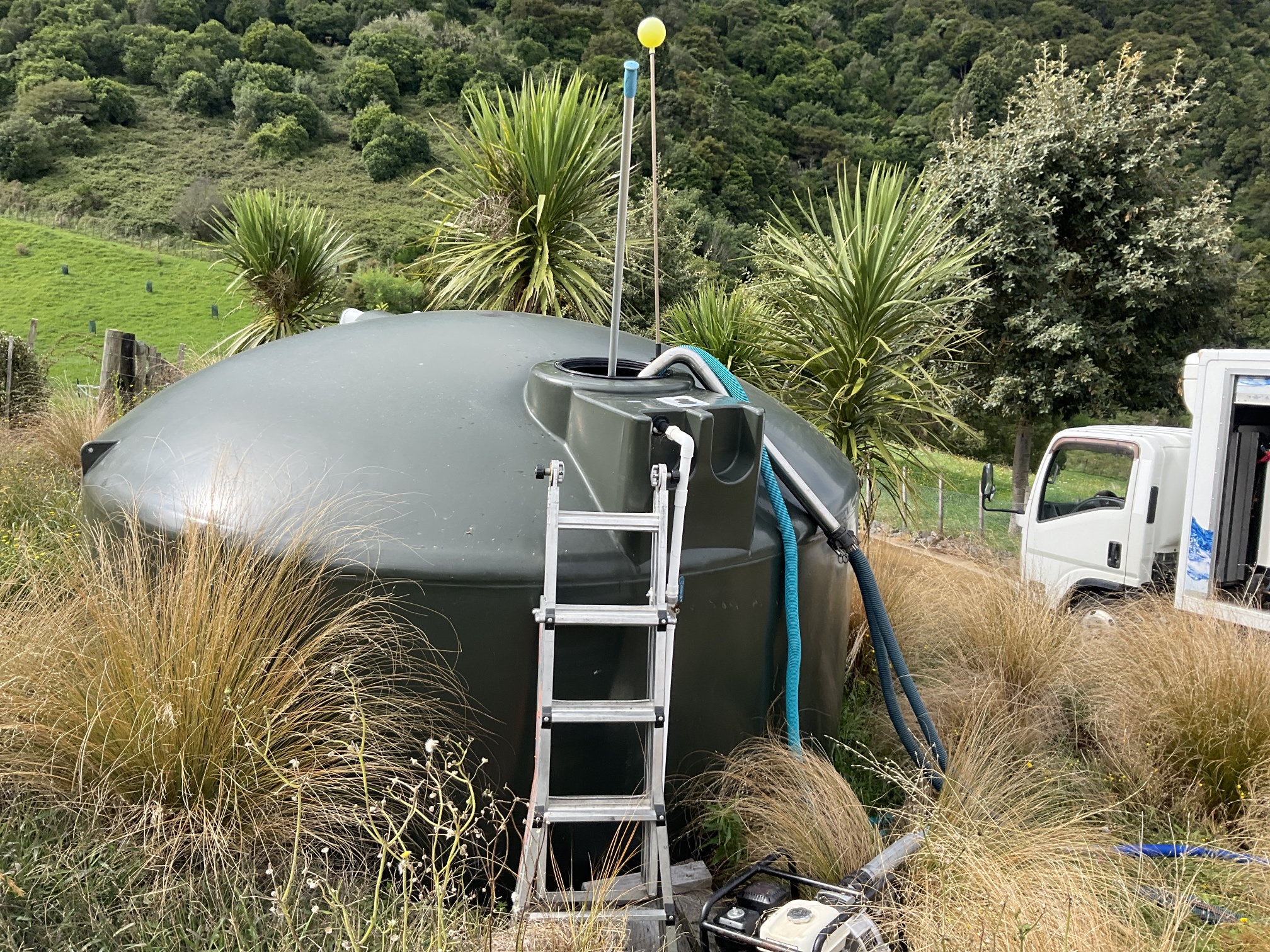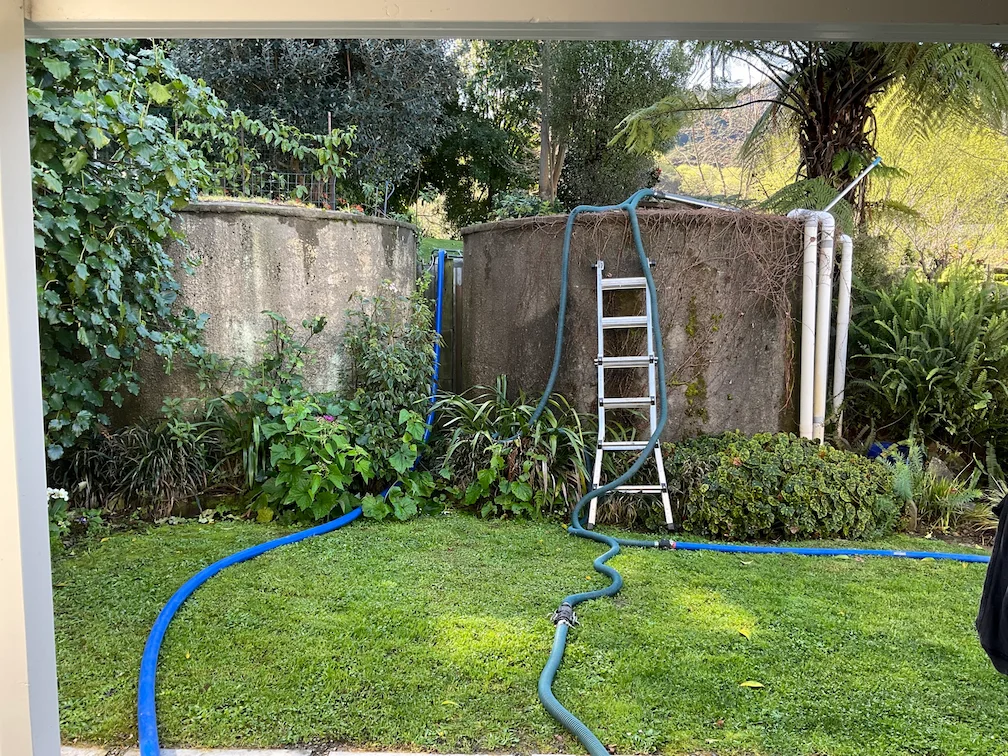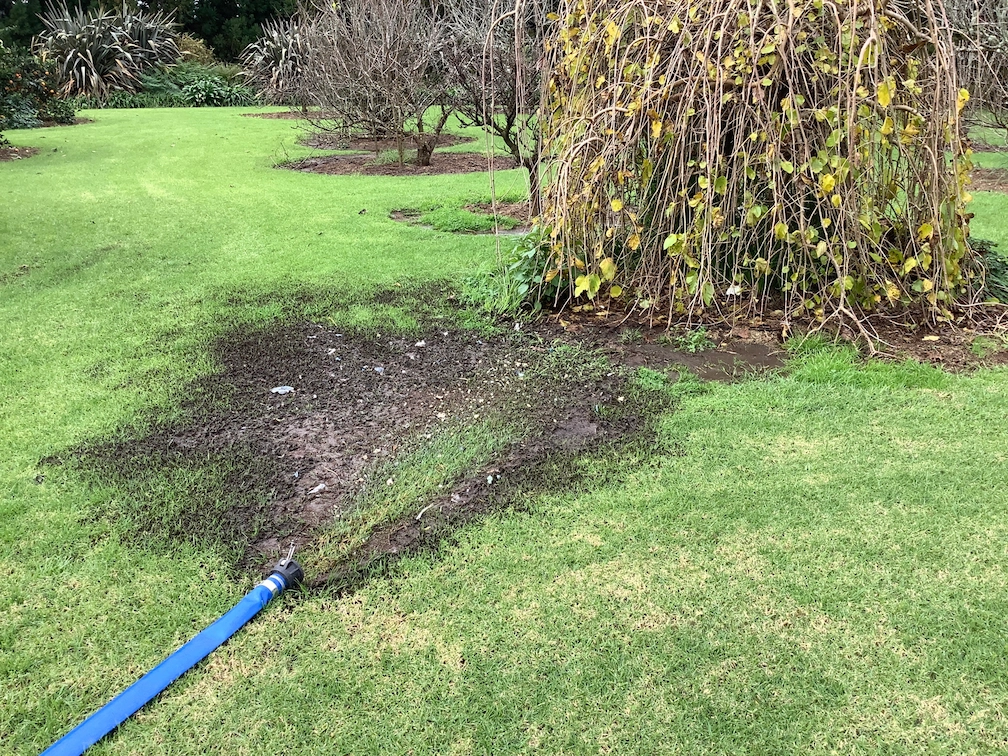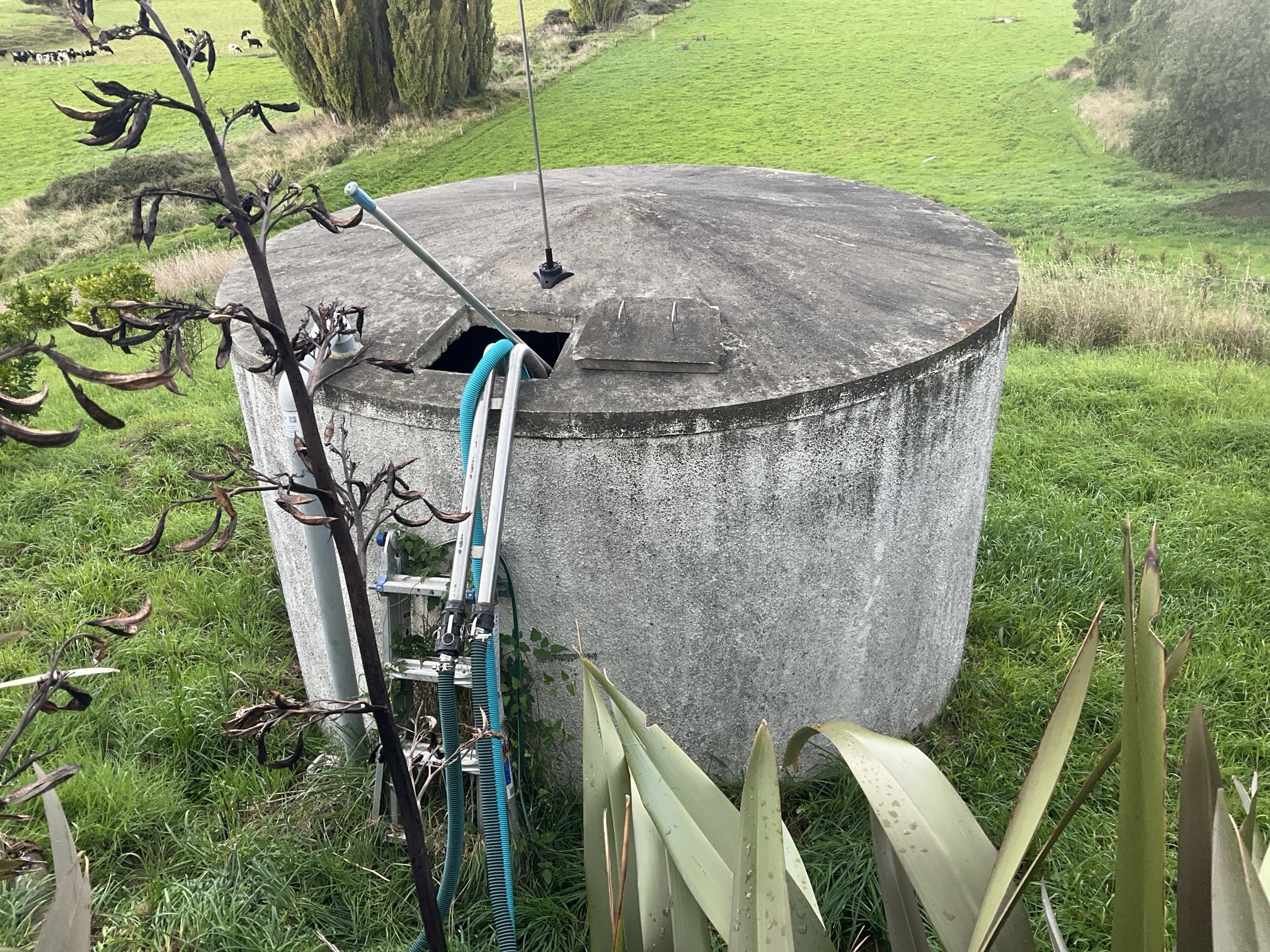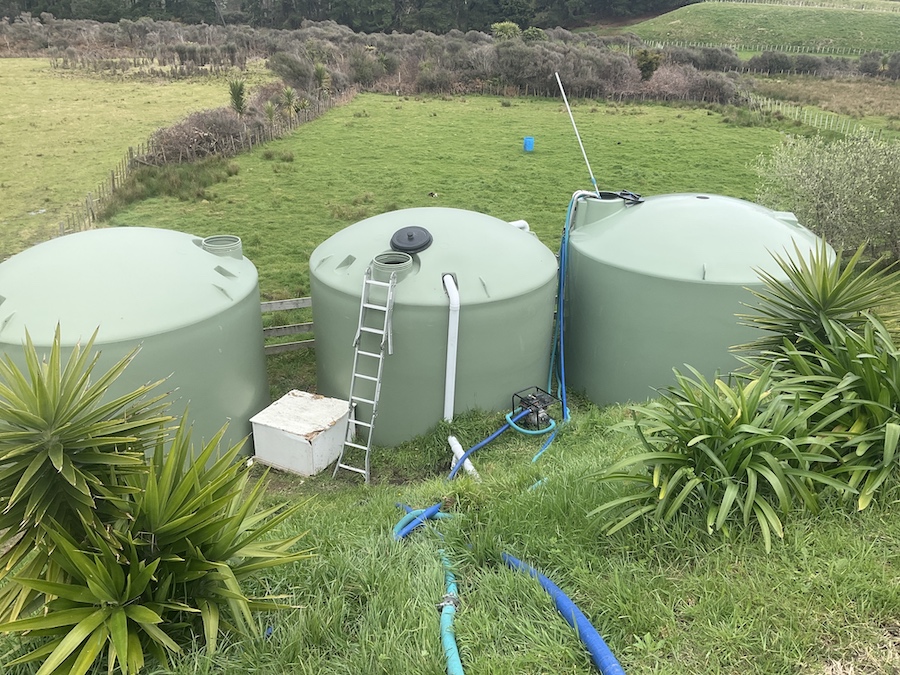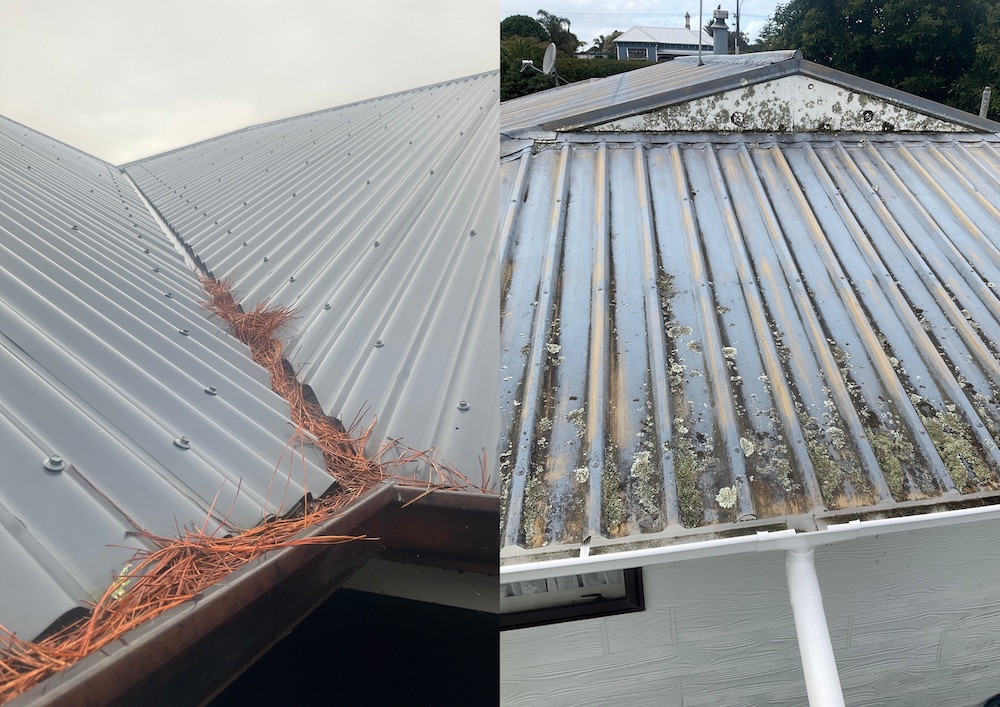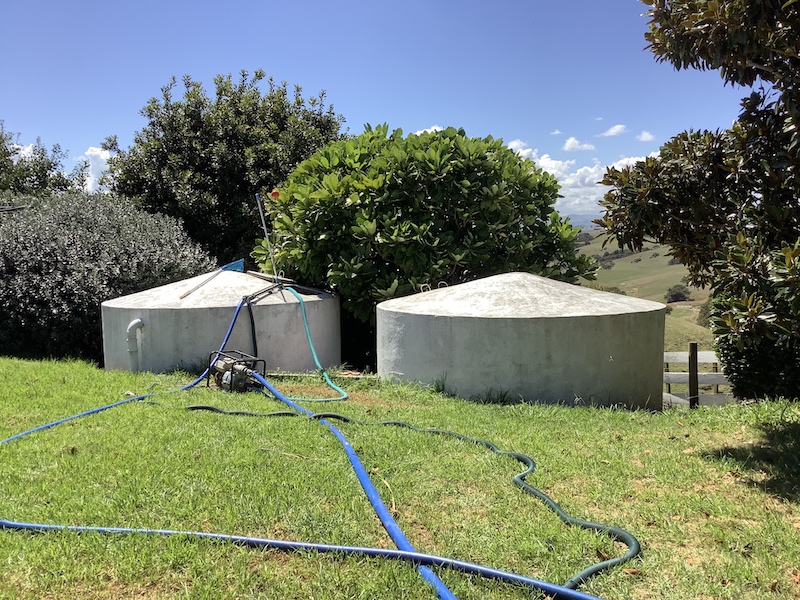Guarding Against E. coli: Essential Strategies for Ensuring Safe Water Tank Systems
Water tanks are an essential source of clean drinking water for many households across New Zealand.
However, lurking within these tanks, there exists a hidden danger: Escherichia coli, or E. coli bacteria.
Today we’ll look at how E. coli can find its way into your water tank, the potential risks it poses to your family’s health, and things you can do to minimise and control contamination.
While the focus here is on E. coli, it should be noted that a range of harmful pathogens, such as Cryptosporidium, can enter water tanks by the same means.
How Does E. coli Get Into Your Water Tank?
Animal and Bird Droppings: One of the main ways E. coli enters water tanks is through animal and bird droppings carried in the water runoff from the roof.
Whether its birds perched on roofs or animals traversing nearby areas, faecal matter can be washed into gutters and ultimately end up in water tanks during rainfall. Animal droppings entering your water supply sometimes can be inevitable, but there are measures to remove the risk it poses.
Contaminated Surfaces: Water tanks can also become contaminated if they are not properly sealed or maintained.
Cracks, gaps or openings in tank lids or access points can allow E. coli from external sources to enter the tank, especially during heavy rainfall or flooding events.
Health Risks Associated with E. coli:
Gastrointestinal Illness (tummy trouble!): The presence of certain strains of E. coli in drinking water poses a significant risk of gastrointestinal illness, including diarrhoea, abdominal cramps, and nausea.
In severe cases, E. coli infection can lead to more serious complications such as kidney failure and hemolytic uremic syndrome (HUS), particularly in young children and the elderly.
Cross-Contamination: In addition to direct consumption, E. coli-contaminated water can lead to cross-contamination of food and surfaces, increasing the risk of foodborne illness.
Proper hygiene practices, such as washing hands and disinfecting kitchen utensils, are essential to prevent the spread of E. coli and other harmful bacteria.
Preventing E. coli Contamination in Water Tanks – What You Can Do?:
Regular Maintenance: Routine inspection and maintenance of water tanks is crucial for minimising the risk of E. coli contamination.
Prior to the tank this includes ensuring proper sealing of tank lids, repairing any cracks or openings, and cleaning gutters and roof surfaces to minimise the risk of faecal matter entering the tank.
However, unfortunately nothing can stop all the bacteria entering the water tank and therefore, regular water tank cleaning coupled with UV and Sediment filtration is the only way to maintain safe water on an on-going basis.
Water Tank Cleaning: Regular cleaning of the water tank(s) is essential to ensure any sediment build-up, in which the bacteria can grow and multiply, is removed, and the water is purified.
This minimises the risk of bacteria multiplying to even more dangerous levels and also allows the combination of sediment and UV filtration to work to its optimum as outlined below.
Filtration and Treatment: Installing sediment filters and a UV filtration system helps remove and/or neutralise bacteria, including E. coli, present in water tanks.
The sediment filters typically have a minimum size of 1 micron – beyond this too much water pressure is lost. E. coli and other bacteria are typically narrower than 1 micron and therefore, can pass through the sediment filters. The UV light neutralises 99.9% of all bacteria.
It is important to note that the sediment levels in solution in the water need to be kept under control to allow the UV disinfection to operate fully. Hence, a regular tank clean combined with UV filtration is recommended.
An annual water tank check and clean is optimal, and based on our extensive experience cleaning tanks, we strongly advise cleaning your tank at least every 2 years for your own peace of mind.
Additionally, we recommend cleaning your gutters and roof as well as ensuring the water tank is airtight, to minimise the sediment entering your water tank. This practice, along with a regular water tank clean and UV filtration can provide peace of mind and ensure the safety of the water supply.
E. coli contamination in water tanks poses a serious threat to public health, highlighting the importance of proper maintenance and sanitation practices.
By understanding how E. coli can enter water tanks and implementing preventive measures, we can safeguard our water supply and protect the well-being of our communities.
Regular inspection, tank cleaning and filtration are key components of a comprehensive approach to ensuring safe and clean drinking water for all.
Concerned about nitrates in your water, and want to know how to get rid of them?
In this blog, we'll explore these frequent water tank problems and provide practical solutions to address them effectively
Smoke and soot can contaminate NZ water tanks. Learn how it happens, the health risks, and Safe H2O’s expert tips for cleaning and prevention.
This comprehensive guide examines the benefits and drawbacks of DIY and professional water tank cleaning, enabling you to make the best choice for your home.
Winter’s cooler weather might not have you thinking about your water tank - but it should.
Whether you’re collecting rainwater, drawing from a bore, or tapping into a stream, your water tank is the heart of your...
Whether you’re collecting rainwater, drawing from a bore, or tapping into a stream, your water tank is the heart of your...
How Possums, Rodents, and Birds Get into Your Water Tank – and How to Keep Them Out When thinking about water quality, …
What’s in Your Water? Common Contaminants in NZ Drinking Water Tanks Whether your water comes from rainfall, a bore or a nearby …
Water Tank Cleaning Myths Debunked When it comes to maintaining clean and safe water in your tank, there can be a bit …
Autumn Water Tank Care Tips: Preparing for the Seasonal Change As the crisp air of autumn rolls in, it’s time to think …
Water Tank Cleaning: A Comparison of Traditional vs. Our Innovative Method When it comes to cleaning your water tank, Safe H2O cleans …
UNDERSTANDING FILTRATION SYSTEMS: WHAT IS SEDIMENT AND UV WATER FILTRATION? Your water source likely contains a myriad of sediments and particles, ranging …
Water Tanks 101: A Beginner’s Guide to Clean, Safe Water for Your Property Water tanks are an essential resource for those on …
What can I do before water enters my tank to help minimise my risks? Spring or surface water (streams) will usually be …
When it comes to maintaining a healthy rainwater fed tank, one of the most overlooked aspects is the cleanliness of your roof and gutters.
Flush Caps, Leaf Diverters, and More: Methods to Help Protect Your Water Supply When it comes to maintaining a clean and safe …
In the realm of curious misconceptions, one fascinating myth suggests that eels clean water tanks. While this idea captures the...
Why having ‘Immunity’ to Bad Tank Water is a Bad Thing When it comes to maintaining a healthy home, clean water is …
Safe H2O Collaborates with Isaac’s Plumbing, Pumping and Electrical Here at Safe H2O, we aim to provide exceptional advice, service, and support …
How Often Do New Zealand Schools Need to Clean Their Water Tanks? Here in NZ, managing water supplies, including water tank maintenance …
What is Cryptosporidium and How to Keep Your Water Safe What is Cryptosporidium? In simple terms, Cryptosporidium is a tiny parasite that …
Why you should use a Water Tank Cleaning Specialist Well maintained water tanks are the backbone of clean water storage and supply …
Guarding Against E. coli: Essential Strategies for Ensuring Safe Water Tank Systems Water tanks are an essential source of clean drinking water …
5 Top Reasons to Keep Your Water Tank Clean in New Zealand Cleaning your water tanks is something that’s probably not always …
Autumn Alert: Why Now is the Perfect Time to Clean Your Water Tank As the autumn leaves are about to fall and …
What are my Legal Obligations for water tank cleaning in New Zealand? Taumata Arowai is the new Water Services Regulator for Aotearoa …
Top signs your water tank needs cleaning – Don’t ignore these red flags Your water tank is a vital component of your …
How Often Should I Clean My Water Tank in New Zealand? If you are one of the thousands of New Zealanders with …
The Risks of Cleaning Your Water Tank with Janola or Household Bleach Should you use Janola to clean your water tank? Here …
12 Ways to Save Your Tank Water Worried about your water tanks running empty? Rainfed tank water is a limited supply and …
How much does it cost to clean my water tank? The cost of cleaning a typical New Zealand water tank depends on …





